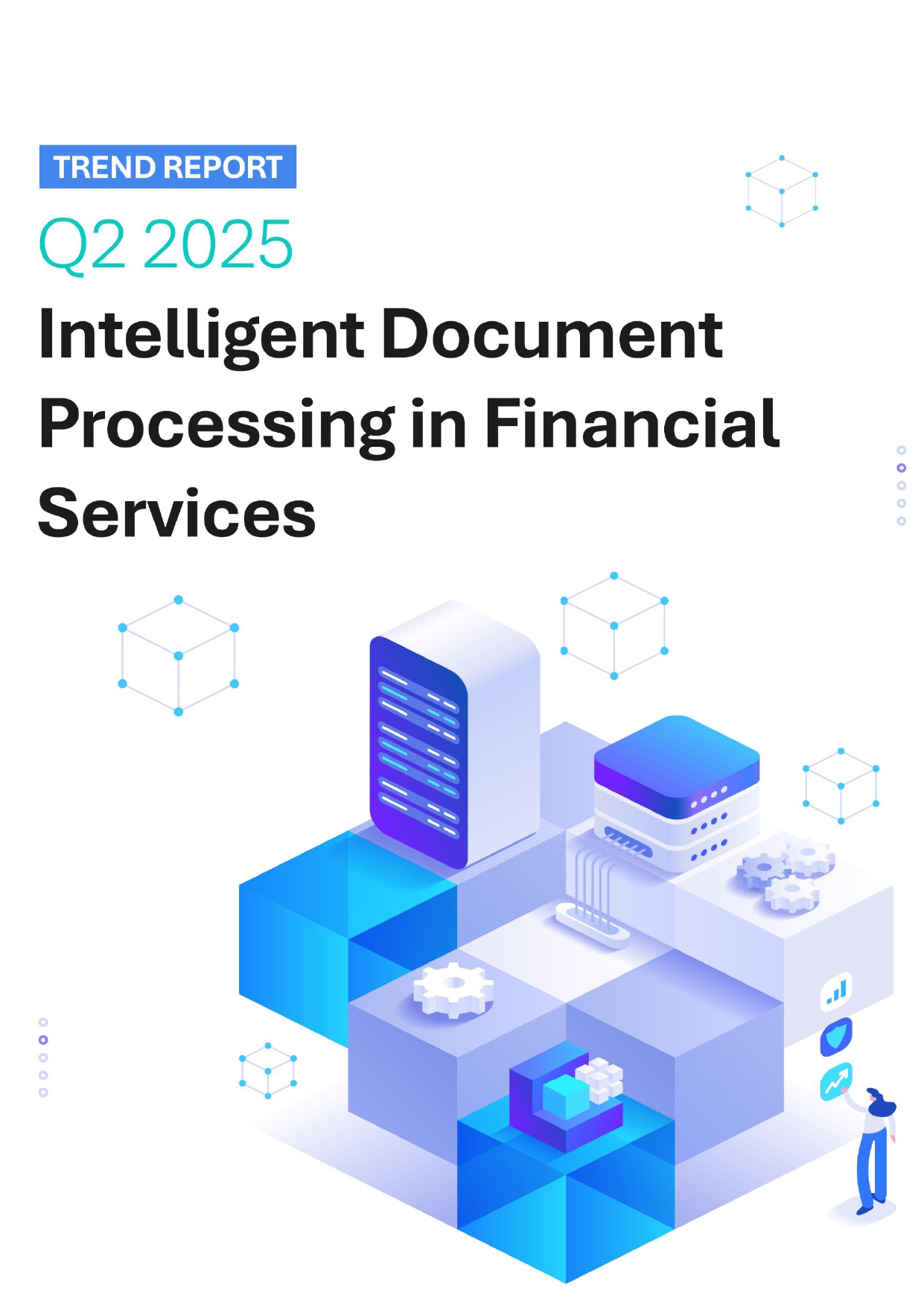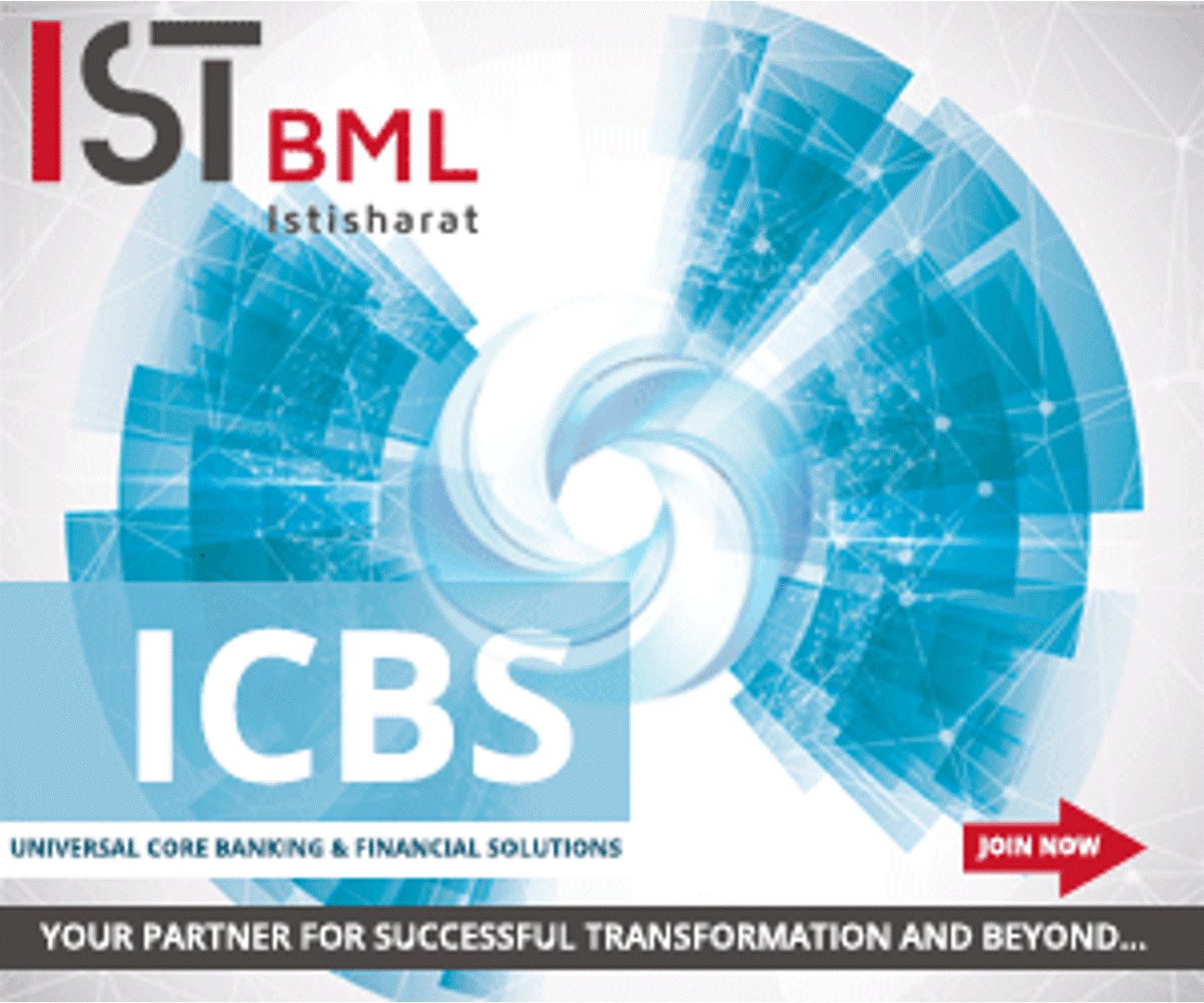 Back
Back
Will Web 3.0 unlock the future potential of FinTech?
By Puja Sharma
FinTech has changed dramatically over time to become a thriving industry, both in the stock market and in the tech industries of the world. FinTech’s trajectory from version 1.0 to version 3.0 forced traditional financial service providers to follow a revolutionary path that lead to a new era of the digital world. Web 3.0 was triggered by dramatic changes on the World Wide Web, powered by technologies such as Machine Learning and AI, changing the financial services business model in a more decentralised way.
The first two waves propelled FinTech 3.0 forward by increasing the use of artificial intelligence (AI) and machine learning (ML) to enhance intelligent and autonomous processes. Several secular forces collaborated to produce and advance the new wave of innovation, with the web’s evolution playing a key part. Web 1.0, the earliest stage of the World Wide Web’s history, democratised access to information by allowing users to exchange static material globally.
Because of ultrafast 5G communication speeds, data formats, and software, demand for structured financial products has surged in response to the maturing Web 3.0 environment headed by decentralised autonomous organisations.
Following the dot-com bubble, Web 2.0 altered the digital era by emphasising social networking, user-generated content, and cloud computing, giving rise to social networks such as LinkedIn, Facebook, Twitter, Instagram, and other such social media platforms. Finally, Web 3.0, often known as the decentralised web, is a vision of the internet’s future in which computers and technologies give helpful and relevant insights through intelligent data and transaction interpretation. FinTech 3.0’s new cashless and virtual economy necessitates a Web 3.0 transformation to lay the groundwork for next-generation unicorns’ product and service delivery.
The third generation of internet services will change the way consumers, organisations, and regulators work and prepare for collaboration, allowing the financial services industry to become smarter and more connected. The following are the key advantages of our new decentralised operating paradigm and Web 3.0:
Customers’ journeys made easy
To map customers’ journeys, web 3.0 is working on technologies to develop and allocate resources efficiently. To understand consumers’ increasing demand FinTech will greatly benefit from web3.0, serve them better and become user-friendly. Its decentralised nature of it will reduce suspensions and denials of distributed services dramatically, even if data is stored on distributed nodes. As a result, FinTech organizations will also be able to reduce the cost of managing seizures or server failures.
Reliant
User onboarding will be simplified and more user-friendly in Web 3.0. Decentralized networks ensure end-users always have complete ownership and control of their online data with Web 3.0. By eliminating security concerns of storing any data, every evolution of the Web from here will ensure greater trustworthiness for businesses.
Easy access
A major benefit of Web 3.0 is that the user will have access to information wherever they are. Companies involved in loan origination and servicing, BNPL (buy now pay later) will be able to access data about available funds in an account, or data that validates a person’s identity, with ease.
Quick transactions
As three of the foundations of Web 3.0, the Internet of Things, artificial intelligence, and blockchain technology will ensure real-time, secure, and transparent transactions for FinTech companies worldwide. Web 3.0 will allow businesses to improve their efficiency by automating processes and securing peer-to-peer transactions for digital payments, loan origination & servicing, BNPL, digital lending, etc.
To sum it up—Digital lending technology partners are in high demand across businesses globally due to the rapid growth of the FinTech industry. A trusted partner who understands the FinTech market and Web 3.0, as well as how to unleash innovation, is crucial for next-generation businesses to scale at speed. In a world where businesses are highly competitive, partnerships like these provide essential methods for differentiating your business.
IBSi FinTech Journal

- Most trusted FinTech journal since 1991
- Digital monthly issue
- 60+ pages of research, analysis, interviews, opinions, and rankings
- Global coverage
Other Related News
Related Reports

Sales League Table Report 2025
Know More
Global Digital Banking Vendor & Landscape Report Q2 2025
Know More
NextGen WealthTech: The Trends To Shape The Future Q4 2023
Know More
Intelligent Document Processing in Financial Services Q2 2025
Know More



